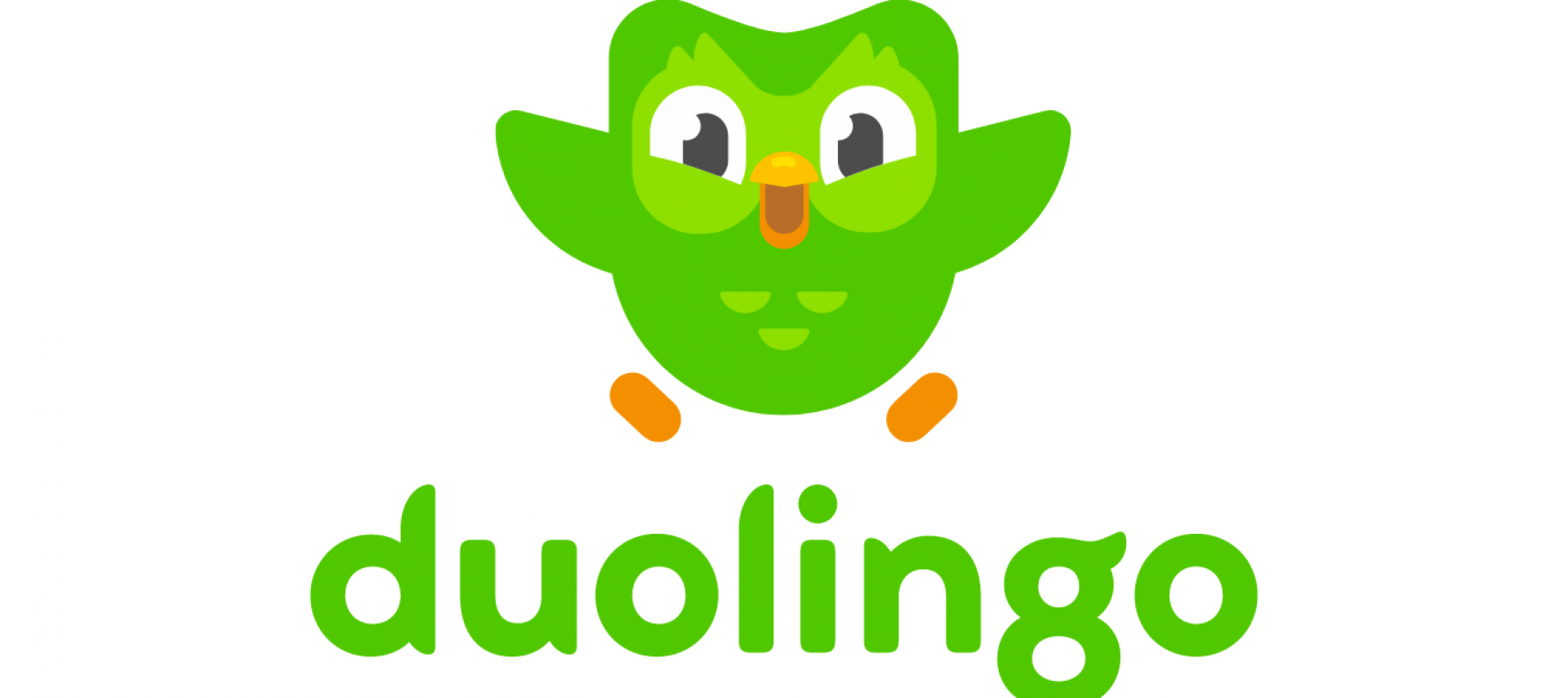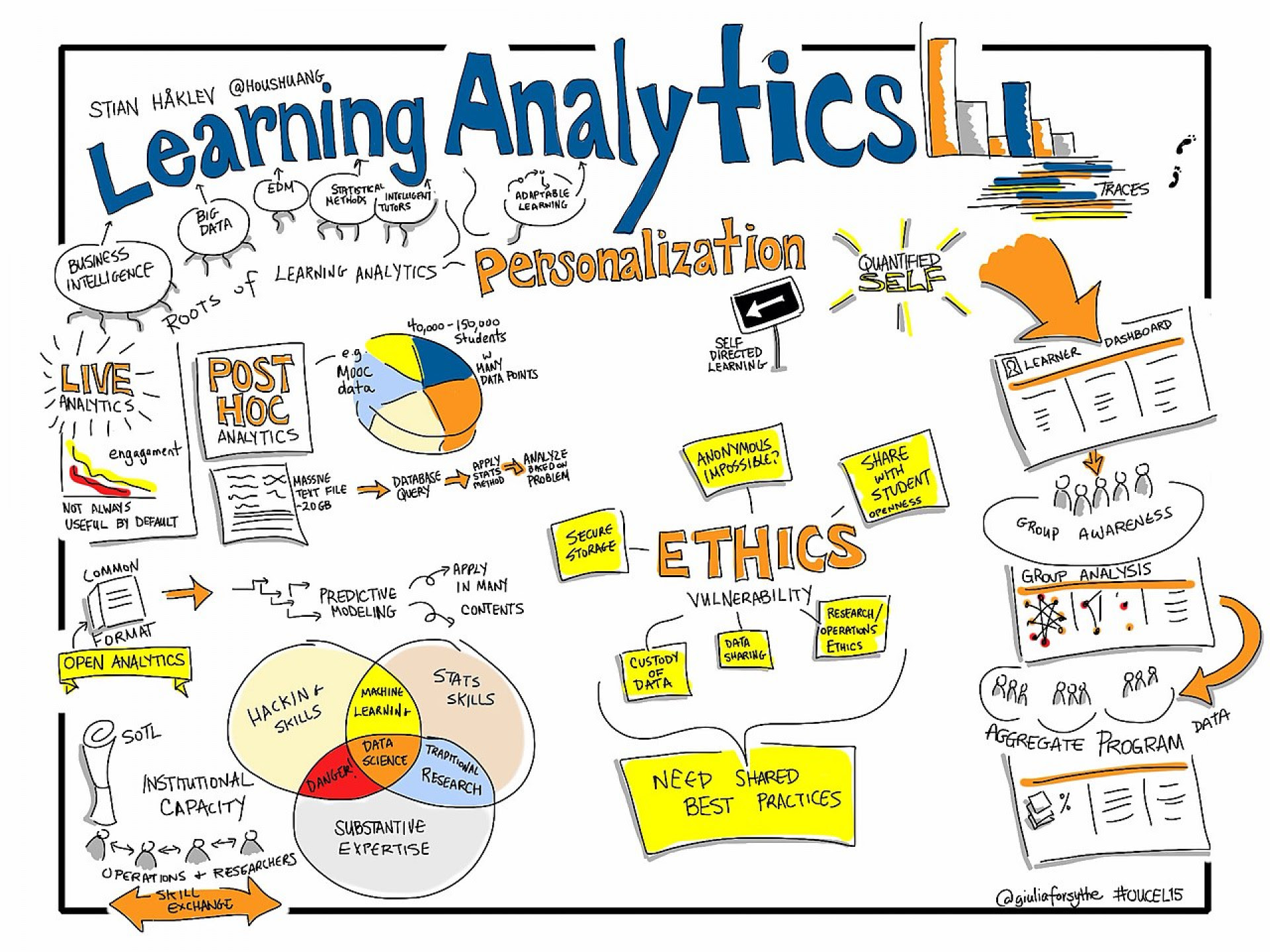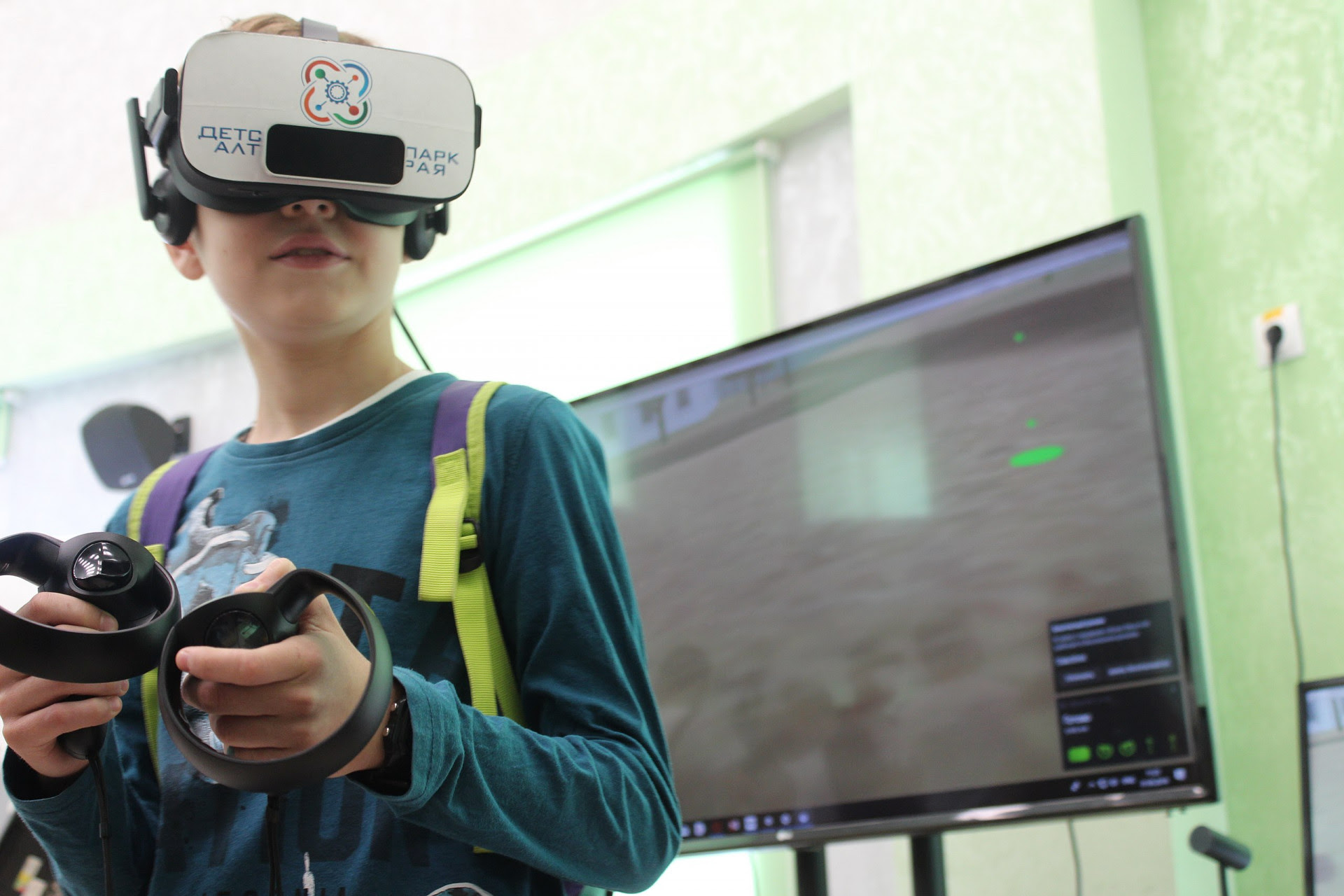*
Sat 9/16/23 Recording Minutes of open #MITOCW-centric #WUaSwiki @WorldUnivAndSch @WUaSPress
#WUaSCorp #MonthlyBusinessMeeting -https://youtu.be/CRcyo3Uv5J0 -https://www.youtube.com/@
https://twitter.com/
https://twitter.com/WUaSPress/
https://twitter.com/
https://twitter.com/
https://twitter.com/
https://twitter.com/
*
Sat 9/16/23 open MIT OCW-centric wiki World Univ & Sch WUaS Corp Monthly Business Meeting
Sat 9/16/23 MIT OCW-centric wiki World Univ & Sch WUaS Corp Monthly Business Meeting
Topic: MIT OCW-centric wiki World Univ & Sch WUaS Corp Monthly Business Meeting
Time: Sep 16, 2023 09:00 AM Pacific Time (US and Canada), 12 noon Eastern Time, 2 PM? Western European Time (but please check), 9:30 PM India Time
Join Zoom Meeting
https://us04web.zoom.us/j/
Meeting ID: 757 7157 2155
Passcode: u5y1bz
CC-4 OCW.MIT.EDU - centric ... wiki ...
|
WUaS Academic Medical Center and moving forward to the SF Bay Area on 11/1/23 ... and possibly into Canyon 94516?
See - https://scott-macleod.
Incredible #670RidgecrestRd #Canyon94516 Seeking to develop further the #WUaSAcademicMedicalCenter #
(& @WorldUnivAndSch @WUaSPress as 2 parallel legal entity wings)
as I take ownership on 11/1/23
https://drive.google.com/file/
https://drive.google.com/file/
https://twitter.com/
https://twitter.com/
https://twitter.com/
https://twitter.com/WUaSPress/
https://twitter.com/
https://twitter.com/
*
Beautiful #Canyon94516 in the woods 8 miles southeast of #BerkeleyCA in #EastBayMUD #EBMUD where I lived from 2008-2020 https://photos.app.goo.gl/
https://twitter.com/
https://twitter.com/
https://twitter.com/
https://twitter.com/
https://twitter.com/
https://twitter.com/WUaSPress/
See you soon, abolitionally, all the best, Scott
Recording of the above will be posted here -
https://www.youtube.com/@
What is ahead regarding longevity genetics' drugs, Kaiser Permanente and potentially the WUaS Academic Medical Center?
How do patients’ genes affect their medication choice?
Jan Greene
August 30, 2019
Kaiser Permanente study finds clues in the electronic medical record
A Kaiser Permanente analysis found that neurological side effects from the anti-seizure medication phenytoin are more common in patients with certain genetic variants. These same genetics were also associated with lower adherence to treatment, suggesting they may play a role in patients finding the right medication.
The study, published Aug. 30 in the journal Pharmacogenetics and Genomics, affirmed the previously identified association between specific genetic variants and phenytoin blood concentrations. Variants of the CYP2C9 gene can cause patients receiving the same dose of phenytoin to have blood levels of the drug that are too high or too low
https://divisionofresearch.
https://divisionofresearch.
https://divisionofresearch.
Genetics of extreme human longevity to guide drug discovery for healthy ageing
https://www.ncbi.nlm.nih.gov/
Fondly, Scott
https://scott-macleod.
4 i
Would a realistic virtual earth for everything (think Google Street View w time slider wvTensorFlowAI) paralleling planet earth (so physical-digital)- be a research instrumentation project that the NSF has a history with? See: create a #NDimensional #
NSF Major Research Instrumentation Program Virtual Town Halls
9/14 & 9/15
https://new.nsf.gov/funding/
in #GoogleStreetView w #TimeSlider #GoogleCellView #GoogleMoleculeView ?
https://twitter.com/
https://twitter.com/WUaSPress/
https://twitter.com/
thanks,
Scott GK MacLeod
CC-4 licensed MIT OCW-centric. Wiki,
World University & School (WUaS)
4 ii
In asking about a realistic virtual earth for everything (think Google Street View with time slider), very multidisciplinary, is there a first time MSF MRI co-authoring contact possibly? I ask this re this question again -
Would a realistic virtual earth for everything (think Google Street View w time slider wvTensorFlowAI) paralleling planet earth (so digital physical)- be a research instrumentation project proposal? See: create a #NDimensional #
NSF Major Research Instrumentation Program Virtual Town Halls
9/14 & 9/15
https://new.nsf.gov/funding/
in #GoogleStreetView w #TimeSlider #GoogleCellView #GoogleMoleculeView ?
https://twitter.com/
https://twitter.com/
thanks,
Scott GK MacLeod
CC-4 licensed MIT OCW-centric, Wiki,
World University & School (WUaS)
4 iii
CC-4 licensed MIT OCW-centric, Wiki, World University & School (WUaS) seeks to build a realistic virtual earth further (think Google Street View with time slider) as campus and STEM field site (and has the green light to accredit and license with Middle States Commission on Higher Education and the state of PA’s department of education - and planning to offer online Bachelor, PhD, Law, MD, IB high school, AA and Master’s degrees, in 200 countries and in their main languages). Does the NSF award grants to virtual campuses? Should an applicant university be fully accredited? Thanks, Scott GK MacLeod CC-4 licensed MIT OCW-centric, Wiki, World University & School (WUaS)
1 Project Title
A Realistic Virtual Earth for Everything (think Google Street View with time slider & TensorFlowAI) as Major Research Instrumentation2 Profound Statement of Need
3 Data or Research to Back Up Need
4 Specific objectives and outcomes
5 Intellectual Merit
How important is the proposed activity to advancing knowledge and understanding within its own field or across different fields? How well qualified is the proposer (individual or team) to conduct the project? (If appropriate, the reviewer will comment on the quality of the prior work.)
To what extent does the proposed activity suggest and explore creative, original, or potentially transformative concepts? How well conceived and organized is the proposed activity? Is there sufficient access to resources?
6 Broader Impacts
How well does the activity advance discovery and understanding while promoting teaching, training, and learning? How well does the proposed activity broaden the participation of underrepresented groups (e.g., gender, ethnicity, disability, geographic, etc.)? To what extent will it enhance the infrastructure for research and education, such as facilities, instrumentation, networks, and partnerships? Will the results be disseminated broadly to enhance scientific and technological understanding? What may be the benefits of the proposed activity?
Would a realistic virtual earth for everything (think Google Street View w time slider wvTensorFlowAI) paralleling planet earth (so physical-digital)- be a research instrumentation project that the NSF has a history with? See: create a #NDimensional #
NSF Major Research Instrumentation Program Virtual Town Halls
9/14 & 9/15
https://new.nsf.gov/funding/
in #GoogleStreetView w #TimeSlider #GoogleCellView #GoogleMoleculeView ?
https://twitter.com/
https://twitter.com/WUaSPress/
https://twitter.com/
thanks,
Scott GK MacLeod
CC-4 licensed MIT OCW-centric. Wiki,
World University & School (WUaS)
2
In asking about a realistic virtual earth for everything (think Google Street View with time slider), very multidisciplinary, is there a first time MSF MRI co-authoring contact possibly? I ask this re this question again -
Would a realistic virtual earth for everything (think Google Street View w time slider wvTensorFlowAI) paralleling planet earth (so digital physical)- be a research instrumentation project proposal? See: create a #NDimensional #
NSF Major Research Instrumentation Program Virtual Town Halls
9/14 & 9/15
https://new.nsf.gov/funding/
in #GoogleStreetView w #TimeSlider #GoogleCellView #GoogleMoleculeView ?
https://twitter.com/
https://twitter.com/
thanks,
Scott GK MacLeod
CC-4 licensed MIT OCW-centric, Wiki,
World University & School (WUaS)
3
CC-4 licensed MIT OCW-centric, Wiki, World University & School (WUaS) seeks to build a realistic virtual earth further (think Google Street View with time slider) as campus and STEM field site (and has the green light to accredit and license with Middle States Commission on Higher Education and the state of PA’s department of education - and planning to offer online Bachelor, PhD, Law, MD, IB high school, AA and Master’s degrees, in 200 countries and in their main languages). Does the NSF award grants to virtual campuses? Should an applicant university be fully accredited? Thanks, Scott GK MacLeod CC-4 licensed MIT OCW-centric, Wiki, World University & School (WUaS)
Searched on: '#GeorgeChurch #AgingReversal #GeneticTherapies #FDAapproval when? Found: https://www.
https://twitter.com/
https://twitter.com/
Pic of George Church
hematopoietic stem cells (HSCs)
https://hms.harvard.edu/
https://www.bumc.bu.edu/
https://medicine.tufts.edu/
https://www.umassmed.edu/ >htt
New Chair of the WUaS Board? (William) Holt Maness (Princeton University alum, computer programmer analyst and regarding Medicaid in Florida, & based in southeastern Massachusetts)
Thank you for your potential interest in becoming Chair of the World Univ & Sch (WUaS) Board, and looking forward to exploring this further, and regarding especially coding for all 7.9 billion people on the planet, for many reasons, but especially for avatar bot electronic health records for all people on the planet, and potentially for aging reversal and extreme longevity genetic drug therapies (and think Pegman in Google Street View with time slider with GMaps, GEarth, and TensorFlow AI, TensorStore and in a realistic virtual earth for genetics in 1 realistic virtual earth)
https://scott-macleod.
https://scott-macleod.
https://www.ed.gov/news/press-
We reject the notion of AI as replacing teachers. Teachers and other people must be “in the loop” whenever AI is applied in order to notice patterns and ...
https://tech.ed.gov/ai/
The need for sharing knowledge, engaging educators, and refining technology plans and policies for artificial intelligence (AI) use in education.
https://tech.ed.gov/ai-future-
First, AI may enable achieving educational priorities in better ways, at scale, and with lower costs. Addressing varied unfinished learning of ...
https://www2.ed.gov/documents/
This handout summarizes core messages in a recently released report by the US Department of. Education, “AI and the Future of Teaching and Learning: Insights ...
https://www2.ed.gov/documents/
Found too -
https://www.education.gov.in/
What do you think? What are you seeing in India with regards to the above possibly? (And I'll probably learn about this on Saturday).
https://twitter.com/
You are cordially invited to attend our Professional Development session on”Survival & Success of Schools in the Future Dominated by NEP, AI, and the Internet”
We look forward to seeing you there!
Best Regards,
Dr. Vishal Varia
Leader
GEG Ahmedabad

43 Examples of Artificial Intelligence in Education
43 Examples of AI in Education
Inspired by a challenge from “an old school teacher who thinks that AI is ruining education,” Matthew Lynch reviews a wide range of topics in a piece titled “26 Ways That Artificial Intelligence Is Transforming Education For The Better.”For example:
Adaptive Learning: “Used to teach students basic and advanced skills by assessing their present skill level and creating a guided instructional experience that helps them become proficient.”
Assistive Technology: AI can help special needs students access a more equitable education, for example by “reading passages to a visually impaired student.”
Early Childhood Education: “AI is currently being used to power interactive games that teach children basic academic skills and more.”
Data and Learning Analytics: “AI is currently being used by teachers and education administrators to analyze and interpret data,” enabling them to make better-informed decisions.
Scheduling: Helping administrators to schedule courses and individuals to manage their daily, weekly, monthly or yearly schedules.
Facilities Management: AI is effective at “monitoring the status of power, Wi-Fi and water services; alerting the facilities management workers when problems arise.”
Overall School Management: AI is currently being used to manage entire schools, powering student records systems, transportation, IT, maintenance, scheduling, budgeting, etc.
Writing: Not only does Lynch assert that AI is already at work helping students improve their writing skills, he confesses, “I am currently using a grammar and usage app to help me write this article.”
Running down his list, Lynch also cites current uses of AI in education that include:
- Classroom/Behavior Management
- Lesson Planning
- Classroom Audio-Visual
- Parent-Teacher Communication
- Language Learning
- Test Prep
- Assessment
- Learning Management Systems
- Gamification for Enhanced Student Engagement
- Staff Scheduling and Substitute Management
- Professional Development
- Transportation
- Maintenance
- Finance
- Cybersecurity
- Safety and Security
Examples of how artificial intelligence is currently being used in higher education include:
- Plagiarism Detection
- Exam Integrity
- Chatbots for Enrollment and Retention
- Learning Management Systems
- Transcription of Faculty Lectures
- Enhanced Online Discussion Boards
- Analyzing Student Success Metrics
- Academic Research
- Connected Campuses
In terms of AI-infused specific technologies now being used in education, the list grows longer every day. Here are just a few:
- Thinkster Math: described by its creators as a “math tutoring program leverages human interaction and groundbreaking artificial intelligence to create personalized learning programs”
- Jill Watson: an AI-enabled virtual teaching assistant introduced by the Georgia Institute of Technology in 2016
- Brainly: a social media site for classroom questions
- Nuance: speech recognition software used by students and faculty; capable of transcribing up to 160 words per minute; especially helpful for students who struggle with writing or have accessibility needs
- Cognii: AI-based products, including a virtual learning assistant, for K-12 and higher education institutions, as well as corporate training organizations
- KidSense: AI educational solutions designed for children, including a voice-to-text tool with algorithms built to recognize the sometimes harder-to-translate speech of young learners
- Content Technologies: instructional design and content application solutions fueled by artificial intelligence research engines
As explained by CEO Dr. Scott Parfitt (see video), Content Technologies Inc. develops AI learning systems that are focused on “turning big data into information, and information into knowledge.”
“We send an engine out, it starts reading at light speed every article it can read. It’s learned its own material,” says Parfitt. The company’s education-focused solutions include:
- Palitt: built to help instructors easily create “your own custom lecture series, syllabus or textbook”
- Cram101: AI technology that can “turn any textbook into a smart study guide complete with chapter summaries, unlimited true-false and multiple choice practice tests and flashcards all drilled down to a specific textbook, ISBN number, author and chapter.”
- JustTheFacts101: intended to function as the AI equivalent of an old-fashioned yellow marker, instantly highlighting and generating book and chapter-specific summaries
AI in Education [Inclusion and Universal Access]
Bernard Marr explains that AI tools can enhance inclusion and universal access to education in a number of ways, including:
- Helping to “make global classrooms available to all, including those who speak different languages or who might have visual or hearing impairments”
- Creating access for “students who might not be able to attend school due to illness”
- Better serving “students who require learning at a different level or on a particular subject that isn’t available in their own school”
Overall
AI is revolutionizing many industries such as medicine and finance, so what about education? Let's take a look at some examples of how AI is improving education.
https://
1. Personalized learning
One theory in pedagogy is that everyone has a different learning style. Some are more visual learners, some are more aural learners, while others are more kinesthetic learners, etc. While this theory has been hotly debated, it is generally agreed that people do tend to learn in different ways – whether that involves different work and study styles, learning at different paces, or finding some subjects and concepts easier than others. Given this, it makes sense to personalize the learning experience, doesn't it? But, if a school or teacher has to personalize lesson plans for every student, it would be impossible – there is simply not enough time. Enter – personalized learning using AI.

One of the strengths of AI is that it is capable of analyzing large amounts of data quickly and finding patterns, making it a perfect tool for developing personalized learning. AI can be used to devise individual lessons around a particular subject quickly. AI-based learning systems might also be able to give teachers detailed information about students’ learning styles, abilities, and progress and provide suggestions for how to customize their teaching methods to students’ individual needs. For example, suggesting more advanced work for some students and extra attention for others.
Additionally, AI could be used to predict results more accurately, thereby helping teachers understand whether their lesson planning will meet targets for learning.
It also helps with planning, scheduling, and producing lessons for students making the experience entirely unique and hugely rewarding. This could also free up time for teachers, which can then concentrate on high-value tasks, such as working with students.
For example, a number of universities have tested the use of chatbots for repetitive tasks that would normally be done by a professor or faculty member – such as providing answers to questions frequently asked by students. Both Staffordshire University in the U.K. and Georgia Tech have developed chatbots that offer 24/7 assistance to students.

2. Adaptive learning
Adaptive learning, or adaptive teaching, is an educational method in which AI is used to customize resources and learning activities to cater to the unique needs of each learner. This is especially useful in online learning.
This is done via rigorous analysis of a student's performance data, after which the pace and difficulty of the course material are adjusted by the AI algorithm in order to optimize the learning process.
This method not only optimizes learning but can also save time and resources by removing unnecessary repetition and focusing on the concepts or areas that a student might be struggling with. The teacher can provide support wherever the student needs and the student can learn at a pace they are comfortable with.
Many companies are incorporating adaptive learning to improve the way content is delivered. One popular example is Duolingo, a language-learning app that provides listening, reading, and speaking exercises for learning around 40 different languages. The app uses AI to help ensure that lessons are paced and leveled for each student according to their performance.
3. Automated grading
Grading assignments and exams are one of the most time-consuming tasks in education. With the help of machine learning algorithms, AI tools can evaluate essays, multiple-choice tests, and programming assignments with great accuracy and efficiency, thereby saving teachers a lot of time.

A computer doing these tasks not only saves time but also ensures consistency in scoring, potentially eliminating bias, including unconscious bias, teachers may have and reducing human error in the correction process. The AI tool can also provide personalized feedback to students and teachers. This can help students improve in problem areas and enables students to take ownership of their learning.
Although automated grading powered by AI has a lot of advantages, bias may exist, even in AI. This is because machine learning algorithms are trained on data, which itself may have underlying biases. Therefore, this is still a field requiring more research to make the technology bias-free.
For example, according to a 2021 article published in OxJournal, China has been using AI auto grading platforms with increasing volume, with around 1 in 4 schools in the country testing a machine learning auto grading platform that can also give suggestions on work done.

4. Intelligent tutoring systems
Intelligent tutoring systems (ITS) are computer systems powered by machine learning algorithms that provide personalized and adaptive lesson plans based on every student's learning needs and pace. Similar to previous AI tools, ITSs analyze student data to understand learning patterns which it then uses to provide customized suggestions, feedback, and exercises suiting the individual needs of each student.
ITSs are helpful to both students and teachers as it allows teachers to monitor students’ progress and modify their teaching approach to deliver their lessons effectively. ITSs can help students learn at their own pace while providing support when necessary and challenging them when they are ready to learn more advanced concepts.
A study by the U.S. Department of Education found that existing ITSs can improve student literacy by improving their reading comprehension and writing skills. However, implementation of the systems in a classroom remains a challenge. To overcome this, natural language processing techniques have been suggested for use in scoring student responses.
Despite the challenges faced by these systems, students have had some positive responses to the use of ITSs. Another study found that students find ITSs easy to use and learn, although not necessarily fun.

5. Smart content creation
Creating lesson plans is one of the greatest challenges for a teacher, as each student has unique requirements based on the way they learn and understand concepts. The term "smart content creation" describes the use of AI to automate and enhance the generation of educational content. The AI platforms can provide detailed insight by analyzing student data to create personalized and engaging educational material.

This is then used to create customized environments depending on various learning outcomes. The students can then choose the lesson plan that aligns with their requirements. AI can help to generate interactive quizzes, simulations, and experiments, via chatbots, augmented or virtual reality, which can then be used in the customized environment to enhance the learning experience.
The biggest and most successful demonstration of this is Coursera. It uses AI to curate multiple educational and professional courses that can help the learner. Teachers can also suggest appropriate courses based on a student’s learning performance, pace, and individual requirements.

6. Learning analytics
Combing through large amounts of student data is a tedious task but can provide valuable insights into a student's learning and performance. Using automated analytics makes it easier to analyze large amounts of student data, and this can be sped up using AI. It makes the challenging and time-consuming task of data analysis easier.
Teachers can use the data to track student performance and engagement as well as to make timely interventions and provide additional support to students who require it. Similarly, students can also use it to track their performance and learning and use it to ask for additional help if they need it. The University of Michigan has a dashboard called My Learning Analytics that allows students to visualize and track their grade distribution, assignment planning, and resources.
However, there are also potential issues with the implementation of learning analytics in the education sector. A study published in 2022 highlights ethical and privacy issues, data collection, and data analysis as potentially challenging implementation problems for learning analytics. While the latter of the two concerns can also be solved with the use of AI, there are still significant ethical concerns that will have to be dealt with.
7. Virtual assistants
Many administrative tasks, such as lesson planning and organizing schedules, can be automated thanks to the power of AI. Virtual assistants take on laborious, repetitive activities, freeing up teachers' valuable time to focus on essential duties like giving lectures and interacting with students.
Additionally, virtual assistants can provide customized feedback to students, monitor their progress, and provide additional resources based on a student's individual needs. Using AI-powered virtual assistants can help teachers streamline administrative work and focus on making the learning experience engaging for students.
A study in SpringerOpen even found a correlation between students who used virtual assistants, such as chatbots, and their academic performance. They found that students who interacted with chatbots outperformed those who interacted with the course teacher in terms of academic performance. The study was conducted on 68 undergraduate students in Ghana and made a positive case for the use of AI tools, such as virtual assistants, in the education sector.


8. Natural language processing
Natural language processing (NLP) is a field of AI that deals with making computer systems that can understand and interpret human languages. NLP has many different applications, such as text generation, chatbots, and information extraction, among many others. One of the most popular uses of NLP is in large language models, such as ChatGPT, developed by OpenAI.
ChatGPT may be used by students to help with homework, prepare for an exam, or simply satisfy their curiosity while learning. Teachers can also use ChatGPT to prepare lesson plans and check assignments for grammar and information. As the popularity of the software has risen, more and more students are using this resource. And although it may seem like there are no downsides to this technology, many people think otherwise.
Students should not see ChatGPT as their answer to all the homework questions, and similarly, teachers should not see ChatGPT as the absolute of human knowledge. As mentioned in this study, it should be viewed more as an assistive technology that responds to societal values and needs. Other concerns also exist, such as the existence of bias, the knowledge not being current, plagiarism, its use as an aid in cheating, etc.
There are other technologies that use NLP, such as automated essay grading systems, which have been covered earlier in the article. Future developments with the use of NLP technologies should address the various concerns with the technology when being used in the education sector.
9. Predictive modeling
Similar to learning analytics, AI-powered predictive modeling deals with analyzing large amounts of data, which is then used to predict various outcomes, such as student performance. This information is valuable to teachers, parents, institutions, governments, and students as they can greatly help with the learning experience and setting benchmarks. This can help teachers offer timely guidance to students based on the student's predicted performance and on their previous test or exam results.
Data-driven analysis is an important tool to have in education as it can improve individual student performance and give them additional support when needed, overall enriching their learning experience. It is also of value to governments for use in planning educational goals. A study on community college students used predictive modeling to identify at-risk students based on several key variables. This helped them to drive interventions to help these students.

10. Augmented and virtual reality
Immersive technologies, such as augmented reality (AR) and virtual reality (VR), have become increasingly popular over the past few years. AR is an immersive technology that overlays computer-generated content onto real-world objects, thus enhancing a user's perception of reality. On the other hand, VR is a simulated virtual environment that the user can experience as if it were real. These technologies are used for gaming and metaverse but have huge potential in the education sector.
Students can use immersive technologies to interact with the learning material to improve their understanding of complex concepts and overall enrich the learning experience. VR, in particular, has many promising applications, such as creating labs where students can conduct chemistry experiments or virtually dissect animals. AR can be used to study stars and galaxies up close, allowing students to engage with physical things and giving them more hands-on and experiential learning.
An article published by the Information Technology and Innovation Foundation (ITIF) explained that AR/VR technologies can reduce the learning curve for students. They also mention that AR/VR technologies can help teachers enhance STEM courses, medical simulations, arts and humanities materials, and technical education. AR/VR technologies are already being used in several institutions, such as Arizona State University (ASU), which has collaborated with Dreamscape Immersive to create Dreamscape Learn. ASU students even created a time travel experience using this technology.
Conclusion
And there you have it – 10 of the most promising examples of AI improving the education sector. While AI provides numerous advantages for both teachers and students, it's crucial to keep in mind that it also has certain disadvantages.
One limitation of AI is that it cannot replace human interaction and empathy, which are essential in the teaching and learning process. Additionally, as was already discussed in the article, biases can be perpetuated by AI algorithms. And finally, there are always concerns about data privacy and security when it comes to AI. As a result, it is crucial to integrate AI into education, but doing so requires careful consideration of both its potential advantages and drawbacks.
The use of AI in education holds a lot of potentials and could even revolutionize the way future generations of students learn.
https://
http://
Thank you for saying you're interested in becoming the startup WUaS Corp CEO
and regarding our video call about this
World Univ & Sch & WUaS Corp Meeting with Julian Dumitrascu in Romania, 8/30/23
https://youtu.be/m3Sj98NJ9O4
https://scott-macleod.
https://scott-macleod.
Hello!I'm not sure I understand--how can we here at Scratch help you today?Thanks!ReneeScratch TeamOn Thu, 14 Sep at 11:27 AM , Scott GK MacLeod <sgkmacleod@worlduniversityandschool.org> wrote: Dear LEGO Customer Service, Jesper Andersen, Carsten Rasmussen, Soren Jorgensen, Peter Norvig, Roland Vogl, All,Thank you for this email this morning -Scott, STEM learning should be fun!
"Society, Information Technology and the Global University"
 Scott
Scott 
https://scott-macleod.
--
*
https://en.wikipedia.org/wiki/
https://commons.wikimedia.org/
https://symbolhunt.com/
...





_(46475663002).jpg/1600px-Flamboyant_Tree_(Delonix_regia)_(46475663002).jpg?20190107045307)
_(14092013979).jpg/1600px-Acacia_roja_-_Flamboy%C3%A1n_(Delonix_regia)_(14092013979).jpg?20181114001011)
_(14342589227).jpg/1599px-Acacia_roja_-_Flamboyant_(Delonix_regia)_(14342589227).jpg?20181113234940)
No comments:
Post a Comment
Note: Only a member of this blog may post a comment.